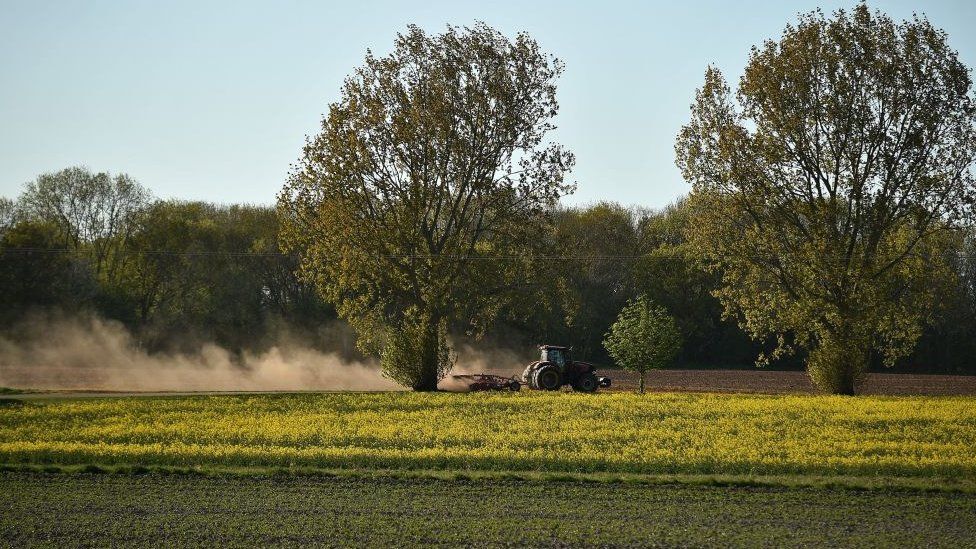
We are required to produce certificates of competence, and he always checks the cattle are housed in a suitably ventilated building, they have feed and a fresh supply of water. He also makes sure the trees and hedges are in the same places there were previously, giving shelter during the summer.
Anyone would think we spend the intervening months knocking down buildings, felling oak trees which are hundreds of years old, grubbing out hedges, and generally abandoning animal welfare.
We must also produce certificates and records for operating the sprayer and other equipment, laying down rat bait, staff competency and transporting livestock licenses. We provide evidence that the vet has been out to tell us how to feed our cattle and check they are healthy. We must prove that we take advice on what fertiliser and sprays we administer to our crops, and where they are stored.
Movement tickets, and samples of grain are retained, as well as delivery notes and invoices for fertiliser, seed, and sprays. And we must give the inspector a map showing on which fields we shall be spreading FYM.
Does all this make us better farmers? I truly hope so because if not it is a dreadful waste of time. I must suppose there is a purpose, or I am tempted to suggest the scheme is designed specifically to annoy farmers who know more about their farm, livestock, and crops, than the guy who keeps coming back year after year to tick boxes. Poor man, I wonder if he thinks it is as big a waste of time as we do.
It is time to remind dog walkers that the countryside is the natural habitat for nature’s wildlife, farm livestock - lambing will soon be underway, and the growing of food crops.
Across Sussex most farms are in range of towns, villages, or small settlements. Today it seems every family has a dog; some have several. They need walking and those with the countryside on their doorstep, naturally set off to take them across farmland.
Unless these dogs can be kept to heel within a few feet of their owners, they must remain on a lead. Soon ground nesting birds will be laying eggs in hedgerows, and the long grass around arable fields. Ewes will be lambing; a time when if disturbed or chased by dogs, they will abort at best, or be mutilated and killed at worst.
None of us wish to face the consequences, whether seeing the trauma of dog attacks on innocent animals, or farmers coping with terrified and damaged livestock, and profits wiped out in an instant.
It is not just dogs which can cause harm. My neighbour’s annual scan found his small flock of Texel sheep were traumatised by an organised ‘Big Bang’ firework display close to his fields, back in December. His lambing percentage will be down this spring as 50 per cent of his ewes are carrying at least one dead embryo which has been dated back to the night of the fireworks.
The countryside is a finely balanced environment. One which should be approached with understanding and sensitivity. If farmers are driven away by the creep of urbanisation, the countryside, our green and pleasant land, will end up unrecognisable, unproductive, and barren of wildlife, flora, and fauna.
We need to decide what we want. A giant themed playground devoid of nature, bird song, wildlife, farmers and food production, or a countryside which is alive with wildlife and productivity, managed by farmers and respected by everyone.
This starts with the public keeping strictly to footpaths, their dogs on leads, and following and respecting the countryside code.



 RSS Feed
RSS Feed